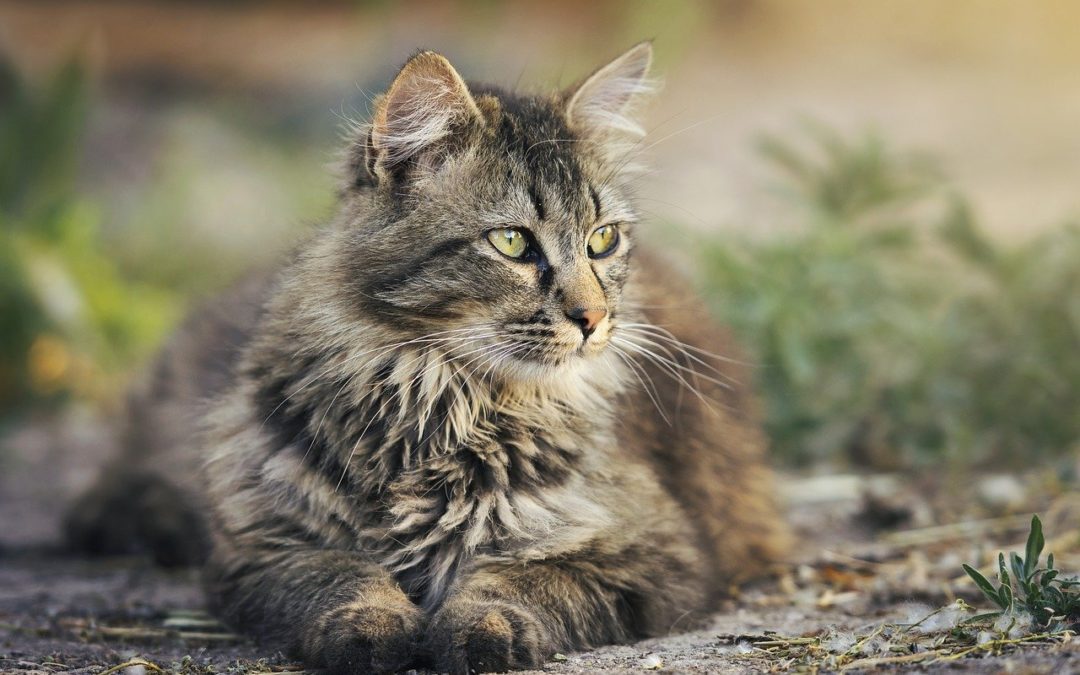Since domestic cats have evolved from wild felines, should they be allowed to roam freely outside? Some believe that cats should be kept safely indoors. Others believe that cats will have a more fulfilling life if allowed to hunt and explore in the great outdoors. Perhaps there’s a happy medium.
The outdoor life: danger awaits
Indoor cats are statistically safer than cats who are allowed to go outside. Consider this: The average lifespan of a free-roaming cat is 3 – 5 years, while indoor cats live an average of 12 – 15 years. Why the drastic difference? Outdoor cats are exposed to many dangers their indoor counterparts never face, including:
- Diseases and parasites — Cats who roam free are exposed to diseases and parasites that are carried by other cats and wild animals.
- Fights and animal attacks — Outdoor cats are more likely to run into some not-so-friendly animals, like other cats, coyotes, dogs, and other wild animals, that may try to pick a fight with (or eat) your furry feline.
- Accidents — Outdoor cats run the risk of getting hit by a car or falling victim to other unfortunate accidents.
- Exposure to toxins — While roaming the streets or the wide-open spaces, outdoor cats are more likely to eat or come into contact with substances that are toxic to them.
The indoor life: combating boredom
An indoor life provides protection from illness, injury, and exposure to the elements. Indoor cats are also more likely to receive regular veterinary care. However, because cats are born hunters, living indoors is not natural for them.
If you intend to keep your cat inside, it is important to provide her with environmental enrichment to prevent behavioral problems and weight gain. Enrichment options, such as interactive toys, scratching posts, cat trees with climbing and hiding elements, and feeding toys that encourage cats to “work” for their food can provide cats healthy and safe ways to express their instinctual behaviors.
Keeping cats safe
Precautions should be taken to keep all cats (particularly those that are allowed to go outside) as safe as possible:
- Microchipping increases the likelihood that your cat will be returned to you if she becomes lost.
- Declawing is not recommended. Removing a cat’s claws takes away her ability to defend herself or escape quickly if threatened.
- Vaccinating and administering regular parasite preventives will protect your cat from life-threatening diseases.

